Knee pain is a common issue that many people face at some point in their lives. Whether it's due to injury, arthritis, or overuse, managing knee pain can be a challenging task. However, several effective tips can help you alleviate discomfort and improve your quality of life.
Understanding the Causes of Knee Pain
Before we delve into the tips for managing knee pain, it's important to understand the common causes of knee pain. Some of the most common reasons for knee pain include:
- Arthritis: This is a condition that causes inflammation in the joints, leading to pain and stiffness.
- Injury: Knee injuries, such as sprains, strains, and tears, can cause pain and discomfort.
- Overuse: Activities that put a lot of strain on the knee joint, such as running or jumping, can lead to knee pain.
- Obesity: Carrying extra weight can put additional pressure on the knees, leading to pain and discomfort.

10 Tips for Managing Knee Pain at Home
- Rest and Ice: One of the most important things you can do to manage knee pain at home is to rest and ice the affected area. Resting allows your knee to heal and reduces inflammation, while icing helps to numb the pain and reduce swelling. Make sure to ice your knee for 20 minutes at a time, several times a day, especially after activity or exercise.
- Elevate Your Knee: Elevating your knee can help reduce swelling and promote healing. Make sure to elevate your knee above heart level whenever you’re sitting or lying down. You can prop your knee up with pillows or use a special knee support pillow to keep it elevated.
- Compression: Using a compression bandage or knee brace can help support your knee and reduce swelling. Make sure to wear a compression bandage during the day, especially when you’re active, to help stabilize your knee and provide relief from pain.
- Exercise: While rest is important for healing, gentle exercise can also help manage knee pain. Low-impact activities like swimming, cycling, and yoga can help strengthen the muscles around your knee and improve flexibility. Make sure to talk to your doctor or physical therapist before starting any new exercise routine.
- Stretching: Stretching is important for maintaining the health of your knee joint. Gentle stretching exercises can help improve flexibility, reduce stiffness, and prevent further injury. Make sure to stretch your quadriceps, hamstrings, and calf muscles regularly to keep your knee joint healthy.
- Weight Management: Excess weight can put extra strain on your knees and worsen knee pain. Maintaining a healthy weight through diet and exercise can help reduce the load on your knees and alleviate pain. Make sure to eat a balanced diet rich in fruits, vegetables, and lean proteins, and avoid excessive amounts of sugar and processed foods.
- Hydration: Drinking plenty of water is important for overall health, but it’s especially important when you’re managing knee pain. Staying hydrated can help reduce inflammation and lubricate your joints, which can help alleviate knee pain. Make sure to drink at least 8-10 glasses of water a day to stay hydrated.
- Heat Therapy: In addition to ice therapy, heat therapy can also help manage knee pain. Applying a heating pad or warm compress to your knee can help relax the muscles, improve circulation, and reduce pain. Make sure to alternate between ice and heat therapy for the best results.
- Massage: Massaging the muscles around your knee can help relieve tension, reduce stiffness, and promote healing. You can use your hands or with the help of some massage tools like foot massagers, or leg massagers to massage your quadriceps, hamstrings, and calves. Make sure to gently massage the affected area for 5-10 minutes several times a day to help manage knee pain.
- Consult a Healthcare Professional: If your knee pain persists or worsens despite home treatment, it’s important to consult a healthcare professional. A doctor or physical therapist can help diagnose the underlying cause of your knee pain and provide appropriate treatment options, such as medication, physical therapy, or surgery.

Managing knee pain at home is possible with the right strategies and tools. By following the 10 tips outlined in this blog post, you can help alleviate your knee pain, improve the health of your knees, and get back to enjoying a pain-free life. Remember to listen to your body, rest when needed, and seek professional help if your knee pain persists. With the right approach, you can take control of your knee pain and live a happier, healthier life.


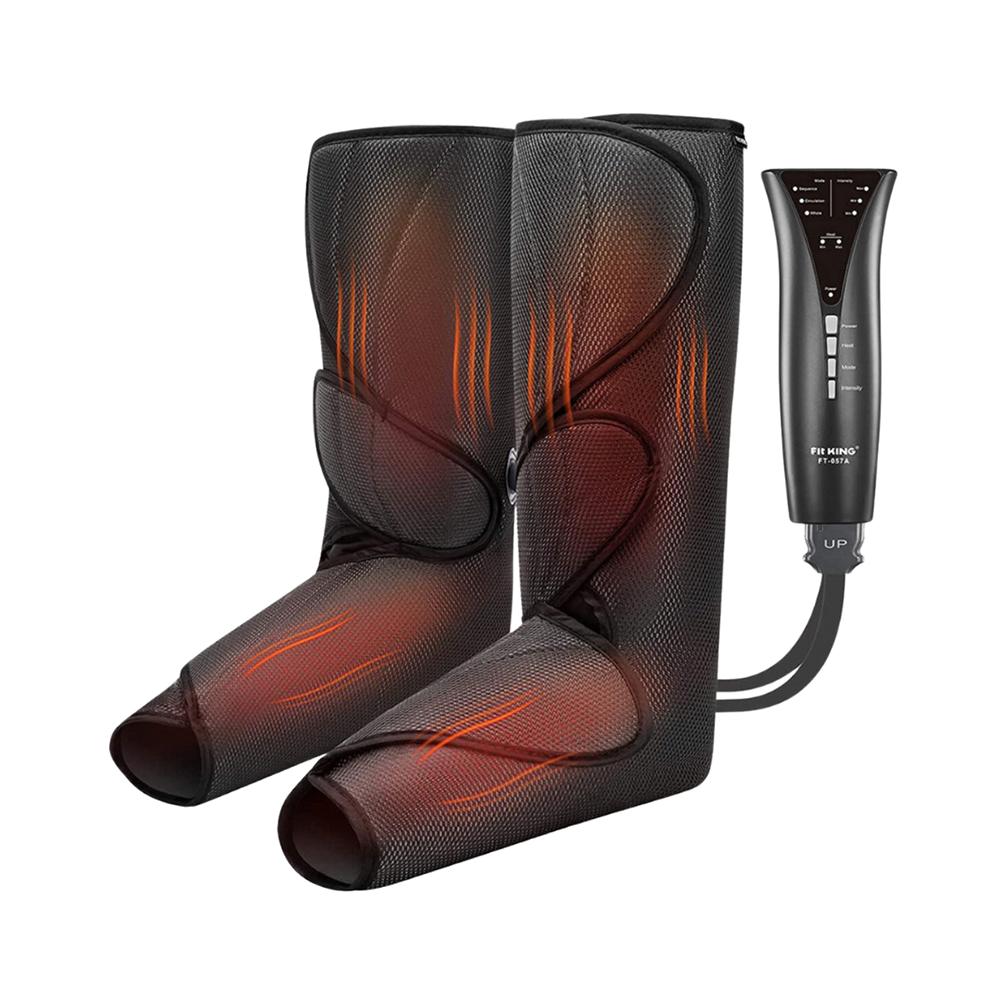
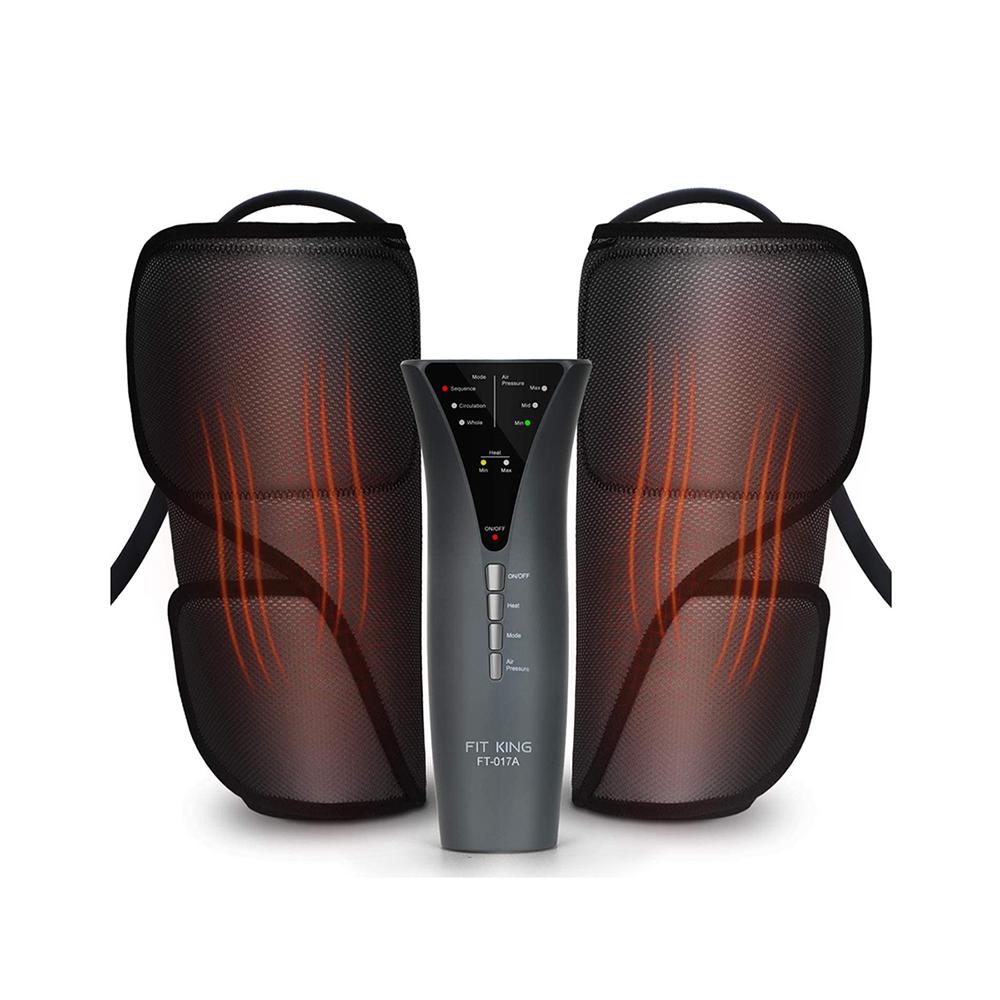
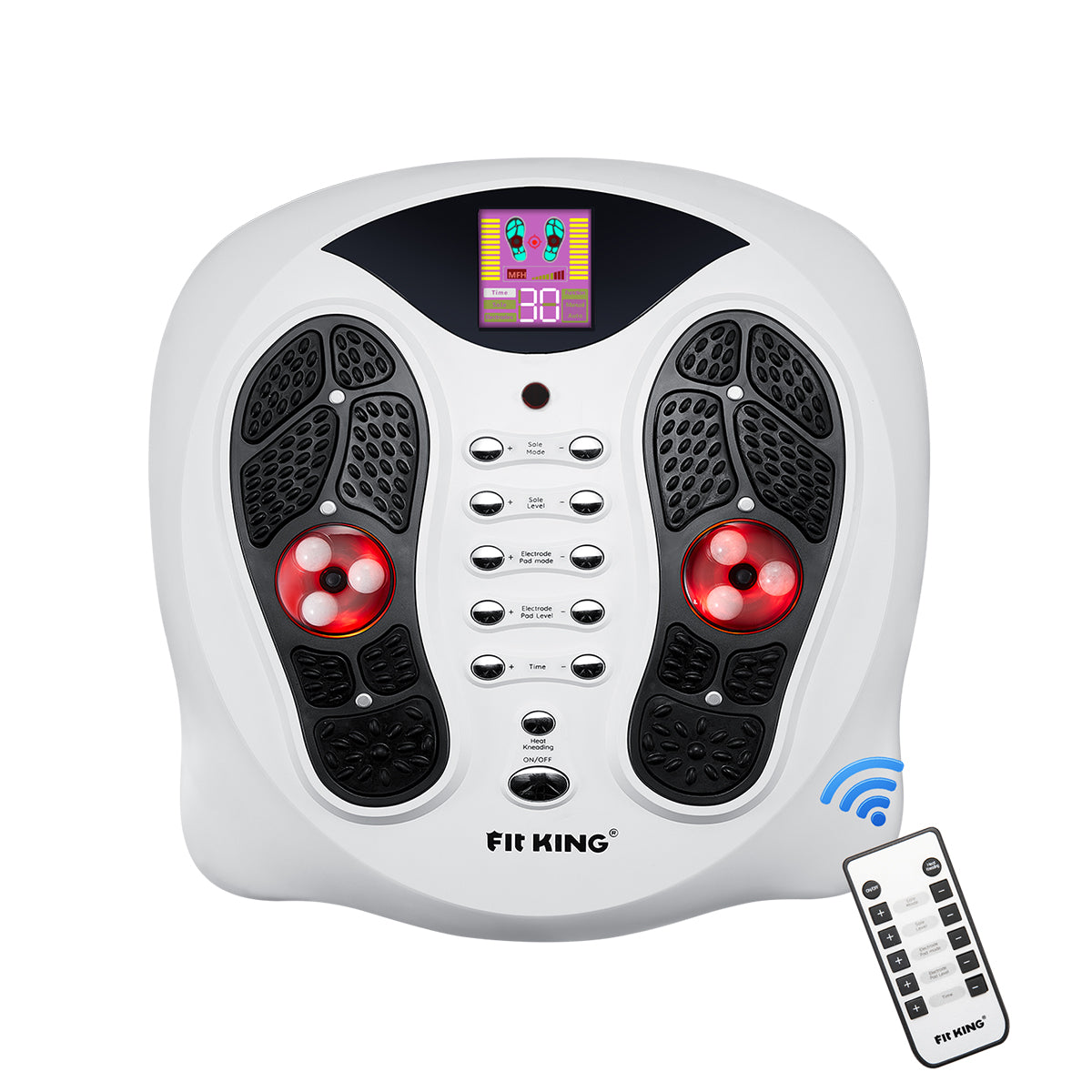
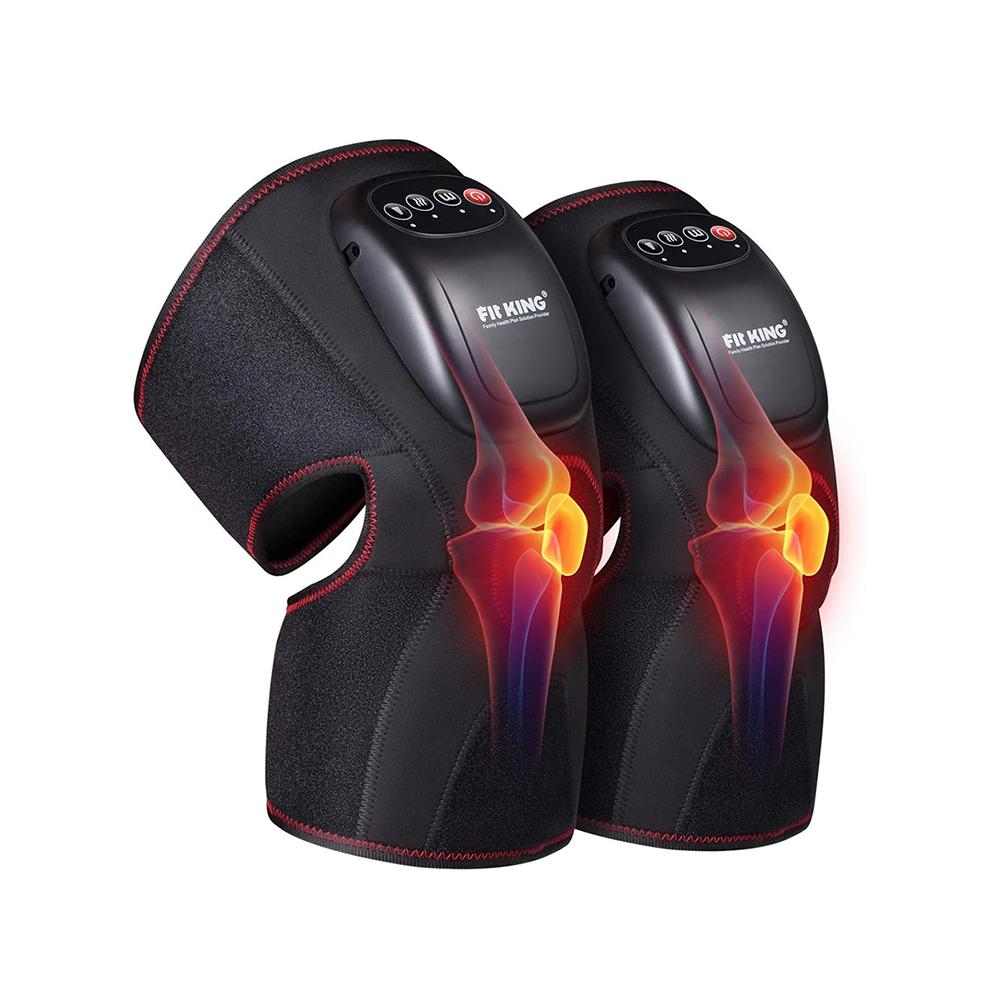
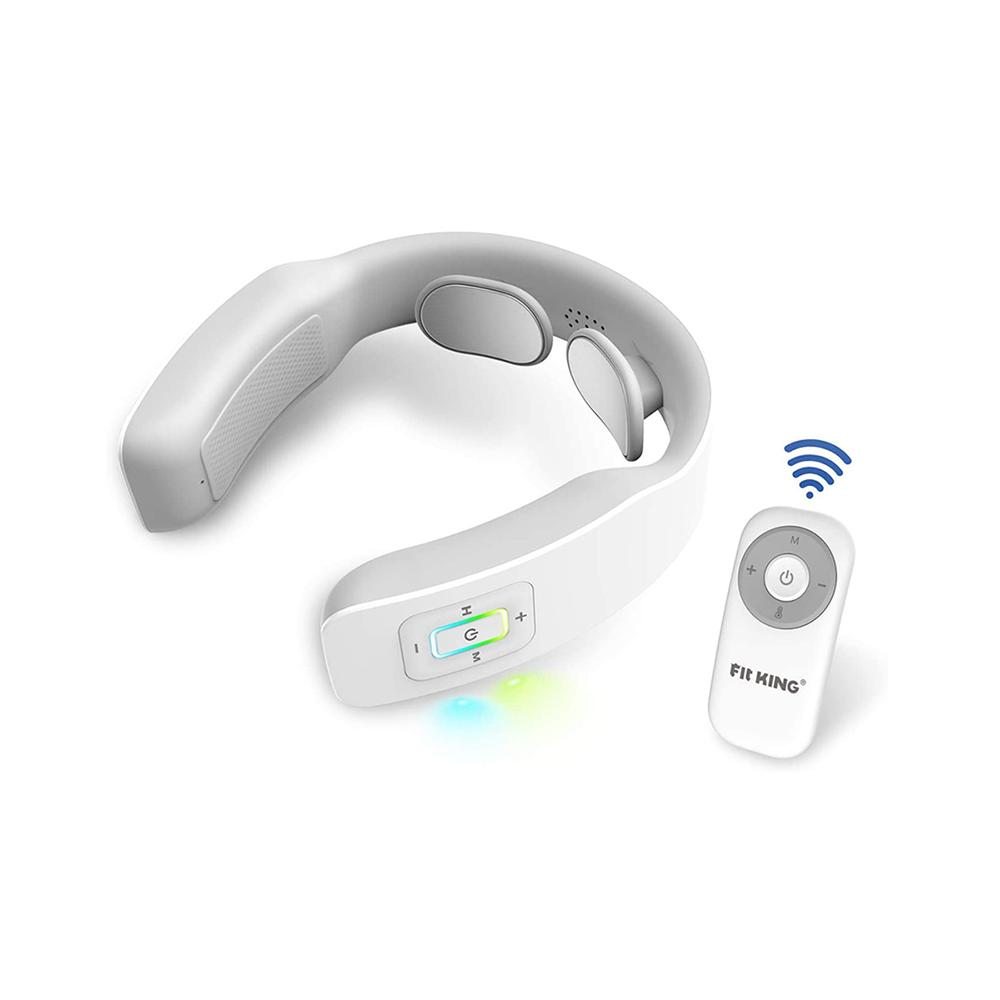


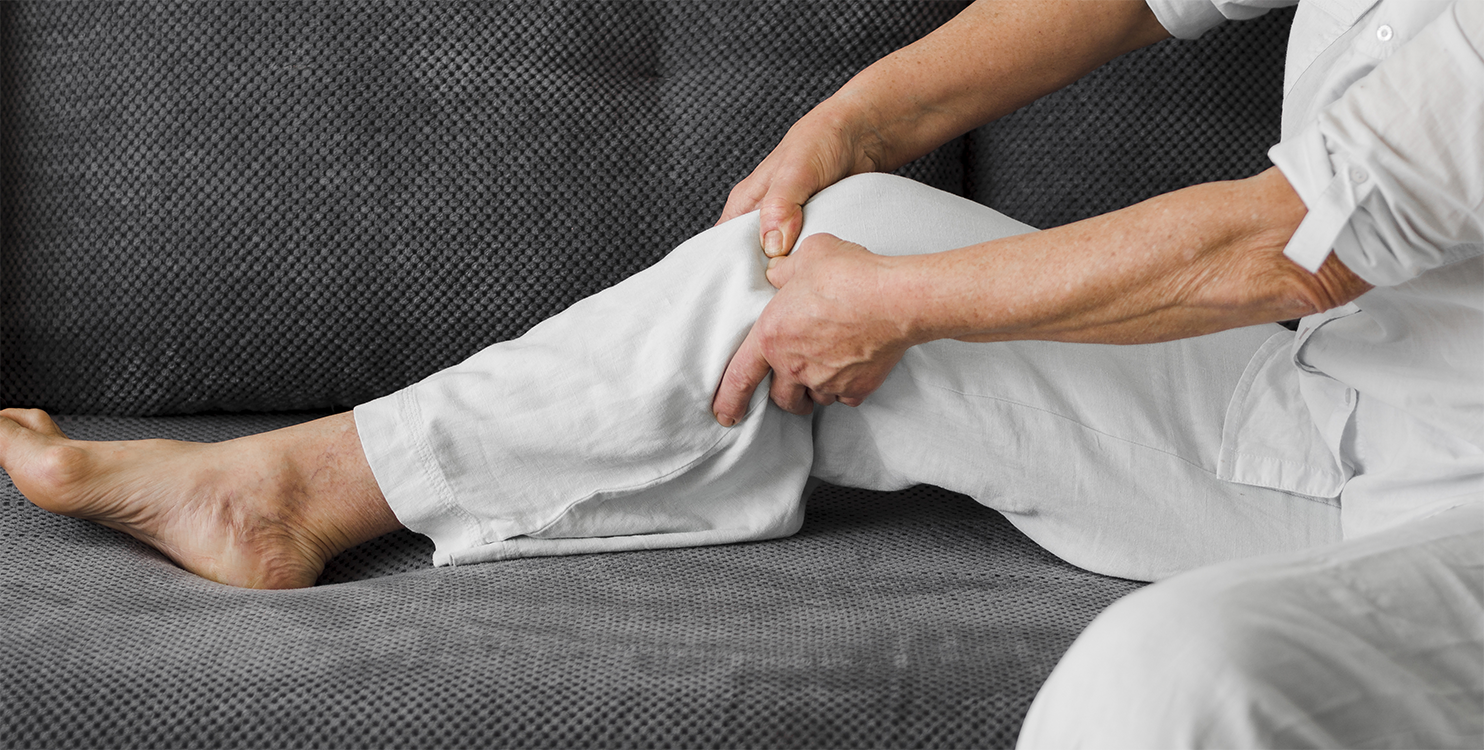
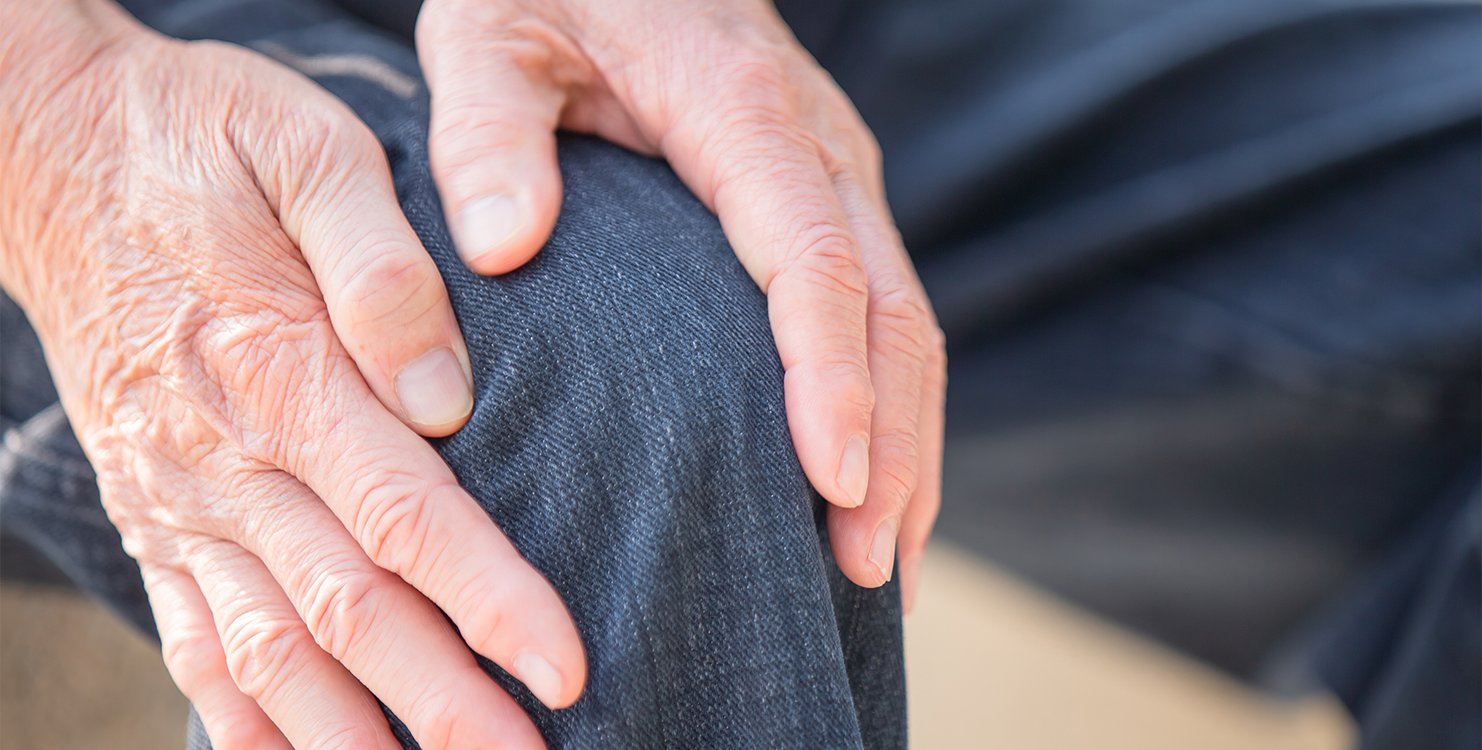

Leave a comment
This site is protected by hCaptcha and the hCaptcha Privacy Policy and Terms of Service apply.